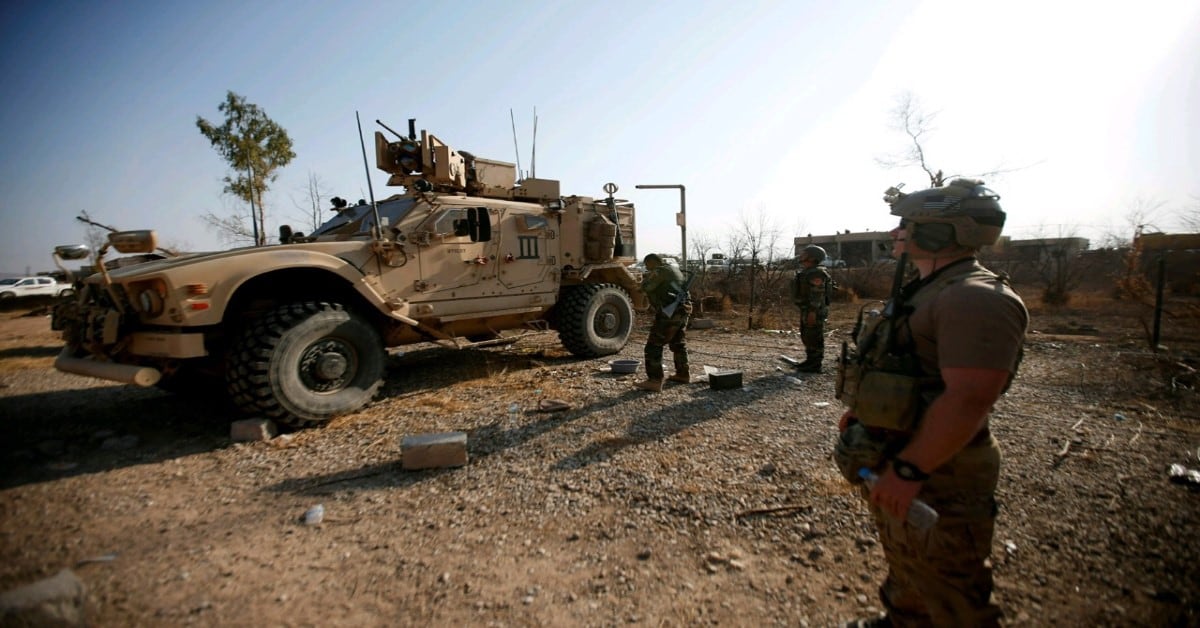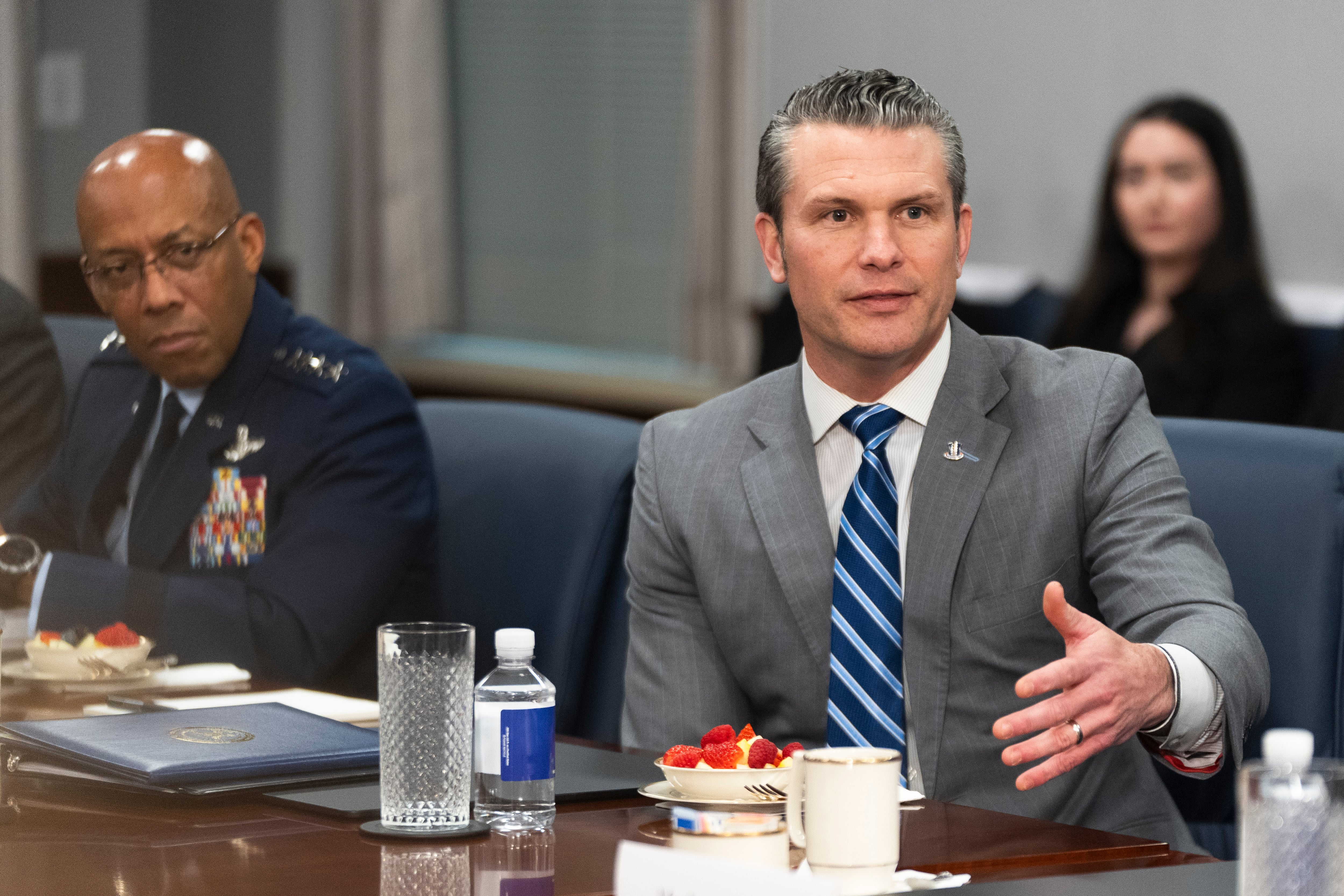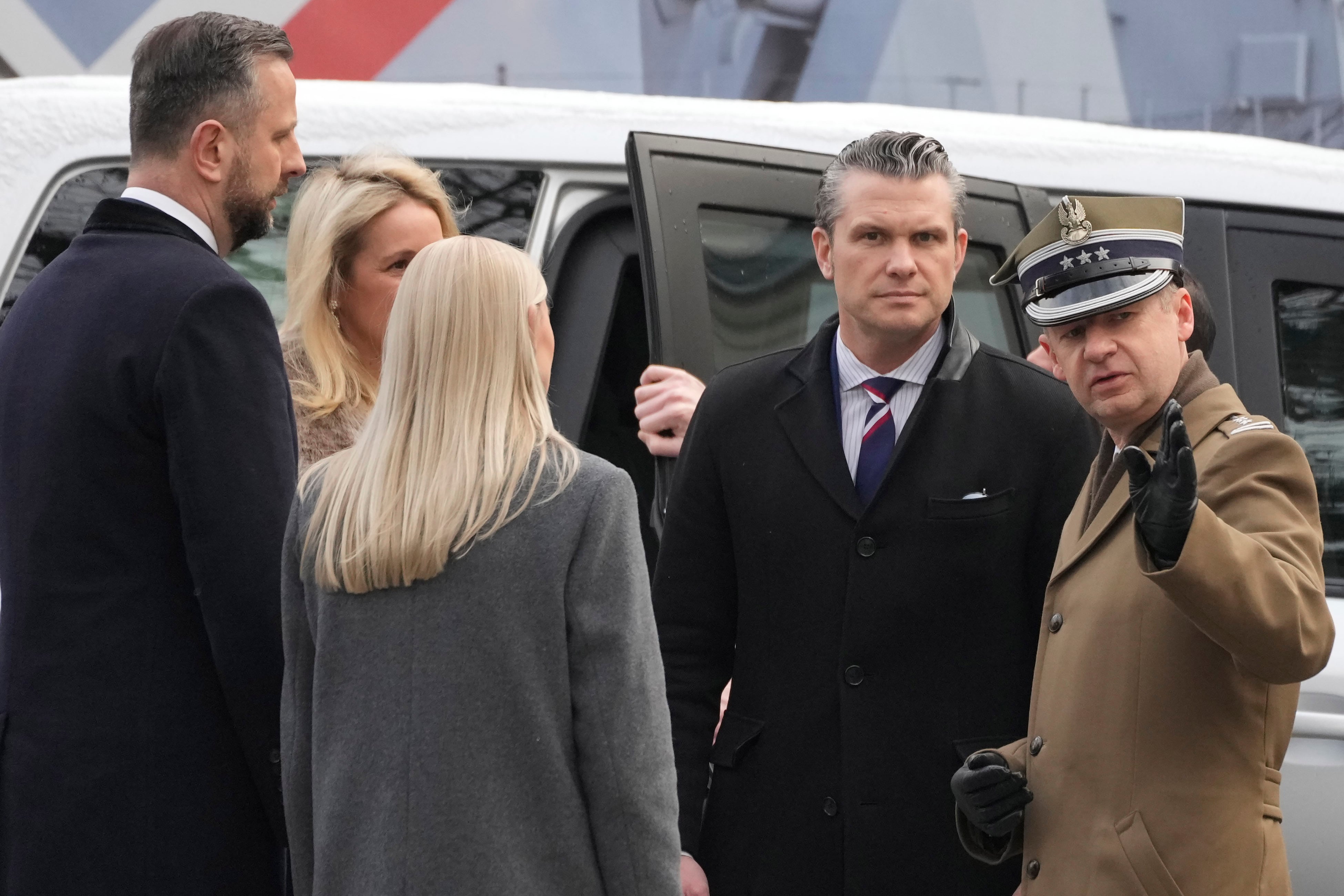The special operations team had been waiting for weeks on the mission to retake Mosul, Iraq.
“We were prepared for it, and, finally, it came down that we were going to get the go-ahead on the morning of Oct. 20,” said Staff Sgt. Christopher Lewis, a combat controller attached to a Navy SEAL team during the 2016 Mosul offensive, in an interview with Air Force Times.
“Unlike Afghanistan, it was really unlike anything I had ever seen before,” Lewis said. “Every gunfight can be pretty bad, but because there was a forward line of troops, and [the Islamic State terror group] had owned that ground for so long, the amount of resources they had and the time they put into preparing their environment really caught us off guard.”
Over the course of the next 10 hours, Lewis would repeatedly fight off the enemy at close range while calling in airstrikes. He also managed the casualty evacuation for a teammate who was mortally wounded by an improvised explosive device.
For his actions, Lewis will receive the Silver Star, the nation’s third highest award for valor, during a ceremony Friday.
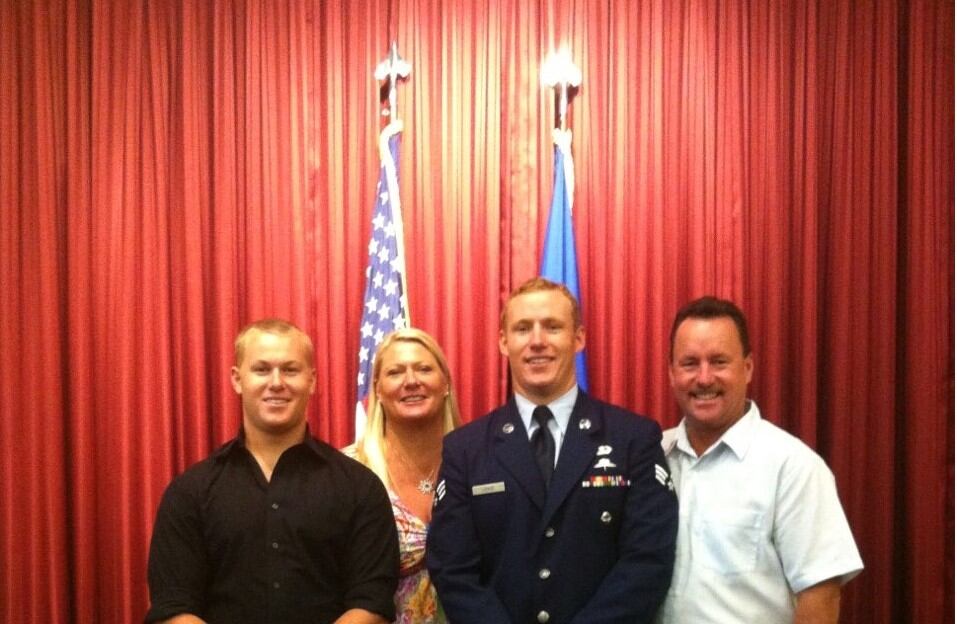
‘Every road had an IED’
On Oct. 20, 2016, Lewis and his team set out at 2:30 a.m., driving 15 kilometers south of their camp to link up with their partner force: a cadre of 300 Kurdish peshmerga. Their mission was to clear an unknown number of Islamic State fighters from two villages in the vicinity of Mosul, a city ISIS had held for over two years.
The convoy of mine-resistant vehicles began snaking south.
“There were quite a few tanks involved, and these huge up-armored bulldozers that create the path for us, because every road had an IED on it. They were just so prepared for us,” Lewis said.
By the time the sun came up, the convoy was already taking harassing fire from the nearest village south of their front line of troops.
Locating indirect fire isn’t easy, but it became even more challenging when the remote-operated .50-caliber machine gun on top of their gun truck stopped working. That meant the hardware couldn’t be fired with a joystick from inside the protection of their vehicle. Someone had to go outside to work it.
“Ours goes down, and we needed a gun in the fight,” Lewis said. “And just because of the load-out that day in the truck, the ground force commander and myself were the only two in the back, so that’s kind of just by chance why I had to get on the gun. Because obviously, you know, that’s not where [JTACs] belonged.”
As the team’s Joint Terminal Attack Controller, Lewis was instead supposed to be focusing on talking to aircraft to provide intelligence, evacuate the wounded by helicopter, and conduct airstrikes. Manning a machine gun critical to the fight was a separate — and full-time — job.
As the convoy inched forward, the indirect fire and rockets continued to zero in.
“The whole plan was to get on the southern side of this village, isolate it, and clear through, basically creating a new [front line of troops] to the south,” Lewis said.
But once the team arrived at the edge of the first village, “the fire starts becoming extremely effective,” he said.
“I’m trying to suppress a few of the buildings that we were taking fire from with the .50-cal, but you know I’m up in this exposed turret,” he said. “It wasn’t fully armored. It just had the hatch on the top of the [gun truck]. So, I’m basically just hiding behind the .50-cal for cover, while I’m suppressing some of the buildings and talking to the aircraft overhead.”
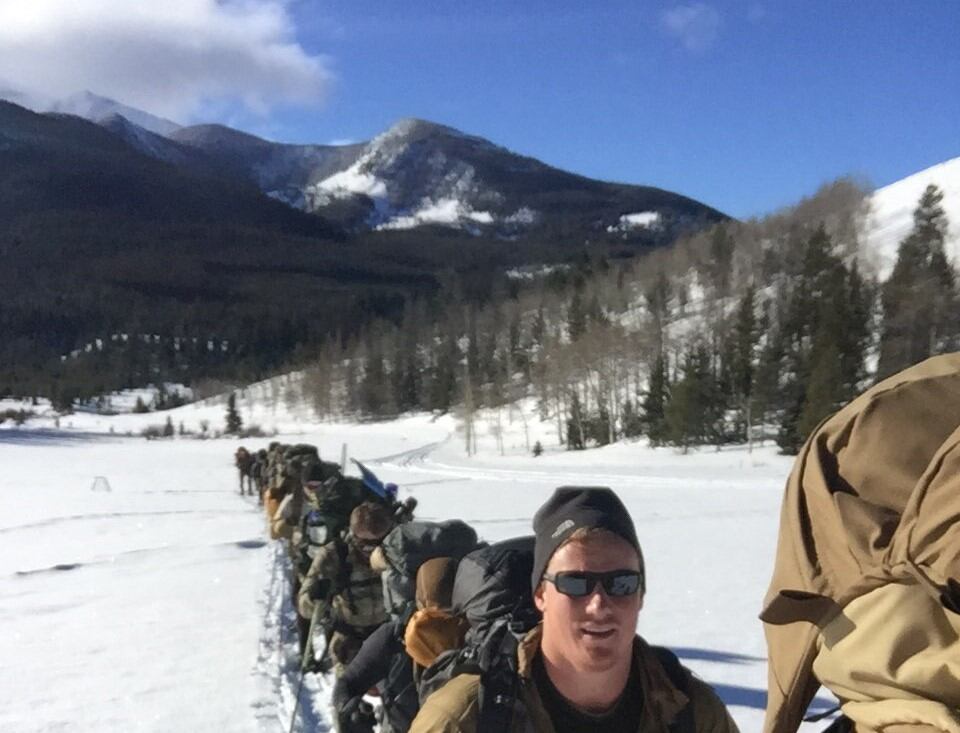
Fighting heats up
At that point, one of the bulldozers hit an IED, killing the driver instantly.
The special operations team then decided to push further left, around the village, to engage the ISIS fighters.
“When we start pushing left on the southern edge of this village, we’re taking rounds off the truck,” Lewis said. “I was able to identify two separate buildings we were taking fire from, so I’m still shooting with the .50-cal while I coordinate with the aircraft overhead.”
After Lewis directed a pair of F-15s to drop 500-pound bombs on the buildings, the enemy fell silent, for the moment.
But as the team continued west, they encountered a large wadi, or a dry riverbed, that they couldn’t cross.
“They had like old-school trench defensive fighting positions where there’s dudes maneuvering in and shooting at us from,” Lewis said. “That’s when I was engaging positions as close as 30 to 40 meters with the .50-cal.”
Unable to advance and encountering ISIS’ dug-in positions, the team realized they needed to turn around and figure out something else.
“While we’re trying to come up with a new plan, I’m still up in the turret just providing security, and out of nowhere one of those big up-armored VBIEDs [vehicle-borne improvised explosive device] just comes hurtling across the field,” Lewis said.
The VBIED wasn’t a military vehicle, though. Instead, it looked like an F-250 truck with a huge steel cage welded to the cab.
“My driver called it out. I was able to see it and just started hitting it with the .50-cal, and I was able to detonate it before it got to us,” Lewis said.
The truck blew up only “about 100 meters from our position, so it was a massive, massive explosion,” he said.
“After that happened, that really shook us,” Lewis said. “That was way too close. We had to draw in and set up a really good defensive posture because we really just weren’t expecting that.”
‘He saved all our lives’
The team moved to better coordinate with the Peshmerga leadership, who had a stronghold on a building on the outskirts of the village. However, it was a common practice for ISIS to burrow networks of tunnels into buildings. Just clearing the enclosure didn’t guarantee the enemy hadn’t previously compromised it.
“We were sitting outside talking with peshmerga leadership when at least three to four ISIS fighters came from the inside and started chucking grenades out and shooting AK-47 rounds out of the windows,” Lewis said. “The ground force commander basically tells me ‘I want that building destroyed,’ because it had already been cleared but there was obviously a tunnel, and we just needed to close that off.”
Lewis cautioned his commander that they were too close to strike with the ordnance remaining in the aircraft overhead, so they began bounding back to mitigate the risk of collateral damage.
That’s when the team’s lead explosive ordnance disposal technician, 34-year-old Navy Chief Petty Officer Jason Finan, called for everyone to stop. He had spotted an IED in the middle of the field his teammates were about to wander into.
“He saved all our lives, honestly,” Lewis said.
As the men backed away from the IED, Finan’s own vehicle struck a separate landmine, which “detonated about seven more,” Lewis recalled.
“When the dust settled, we realized [Finan’s] vehicle had been hit,” Lewis said. “It was missing the front tires, and the engine block was gone.”
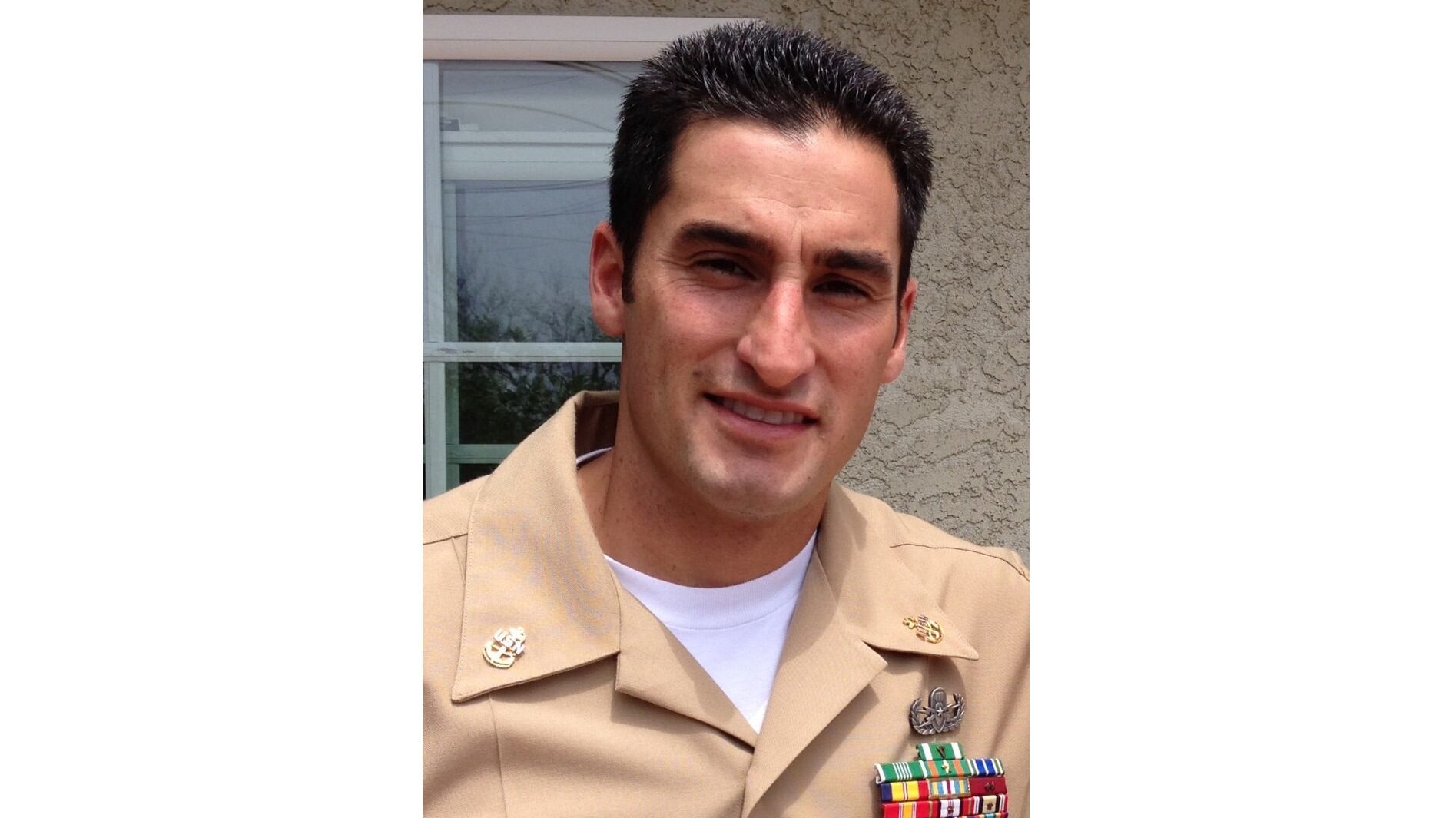
The team’s other EOD tech and a medic were both in Lewis’ vehicle. He grabbed a casualty litter out of the truck and followed them as they cleared the way to the damaged vehicle.
“Then we start pulling patients out of the truck. The only really bad casualty was Jason Finan,” Lewis said. “He was basically killed immediately, but the other guys definitely had their bells rung.”
As the team worked through their medical evacuation procedure, they continued to receive mortar fire. Lewis quickly identified the ISIS mortar team and a belt-fed machine gun, directing close air support again and eliminating the threat.
In all, the fight raged for about 10 hours.
The peshmerga, SEALs, EOD techs and aircraft all made the mission survivable, Lewis said.
“If it wasn’t for the proficiency of the aircrews overhead and the joint team, I wouldn’t have been able to do what I did,” he said.
RELATED
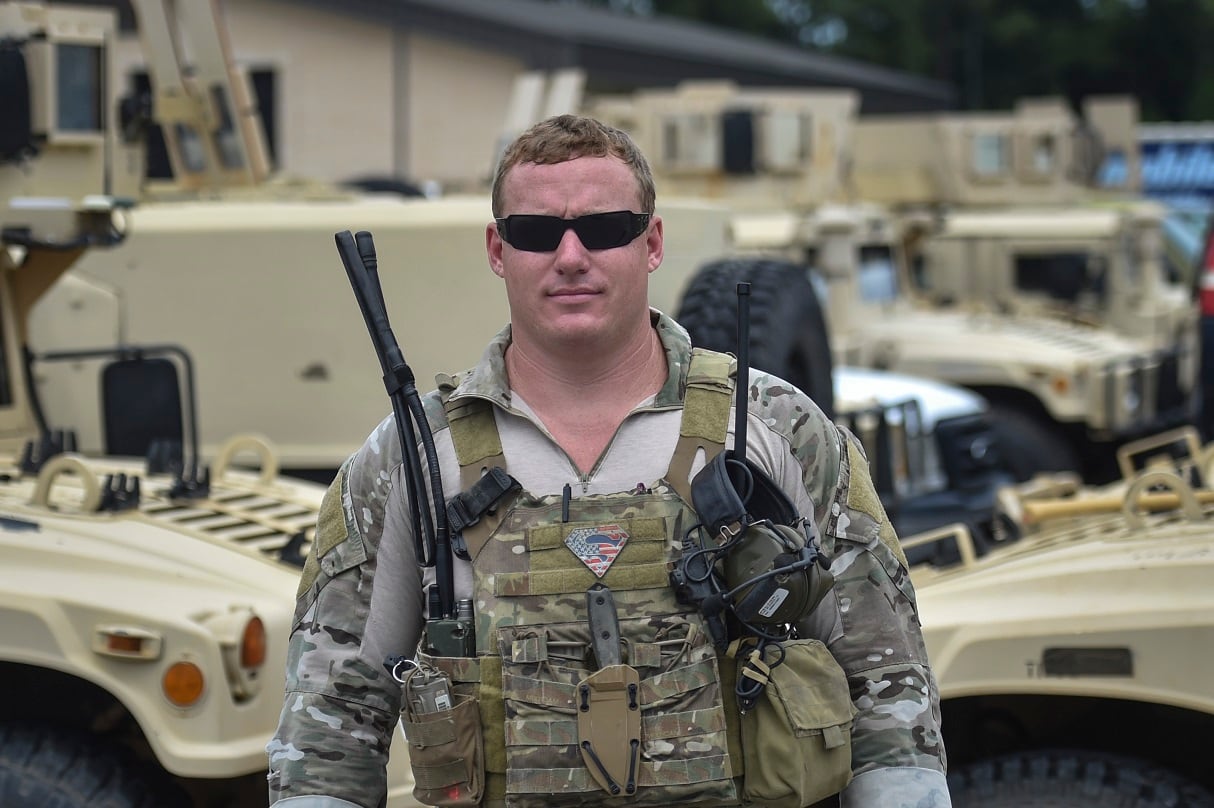
Piecing together Lewis’ actions that day wasn’t easy for his deployed squadron commander, a special tactics officer who spoke to Air Force Times on the condition of anonymity.
Through “poking and prodding, the full story of what happened that day began to emerge,” he said. “But it was first not from Chris [Lewis] himself, because he was being the professional that he is and kept directing credit elsewhere.”
After being told he would receive the Silver Star for his actions that day, Lewis was “emotional at first,” he recalled.
“I thought about whether I deserved this, but I’ve come to peace with it. I’m proud of it, and so are my teammates, which is the most important thing,” he said. “If I receive all this attention, I just want to make sure I did everything I could that day for my teammates, and the best I could for Jason Finan.”
Kyle Rempfer was an editor and reporter who has covered combat operations, criminal cases, foreign military assistance and training accidents. Before entering journalism, Kyle served in U.S. Air Force Special Tactics and deployed in 2014 to Paktika Province, Afghanistan, and Baghdad, Iraq.
